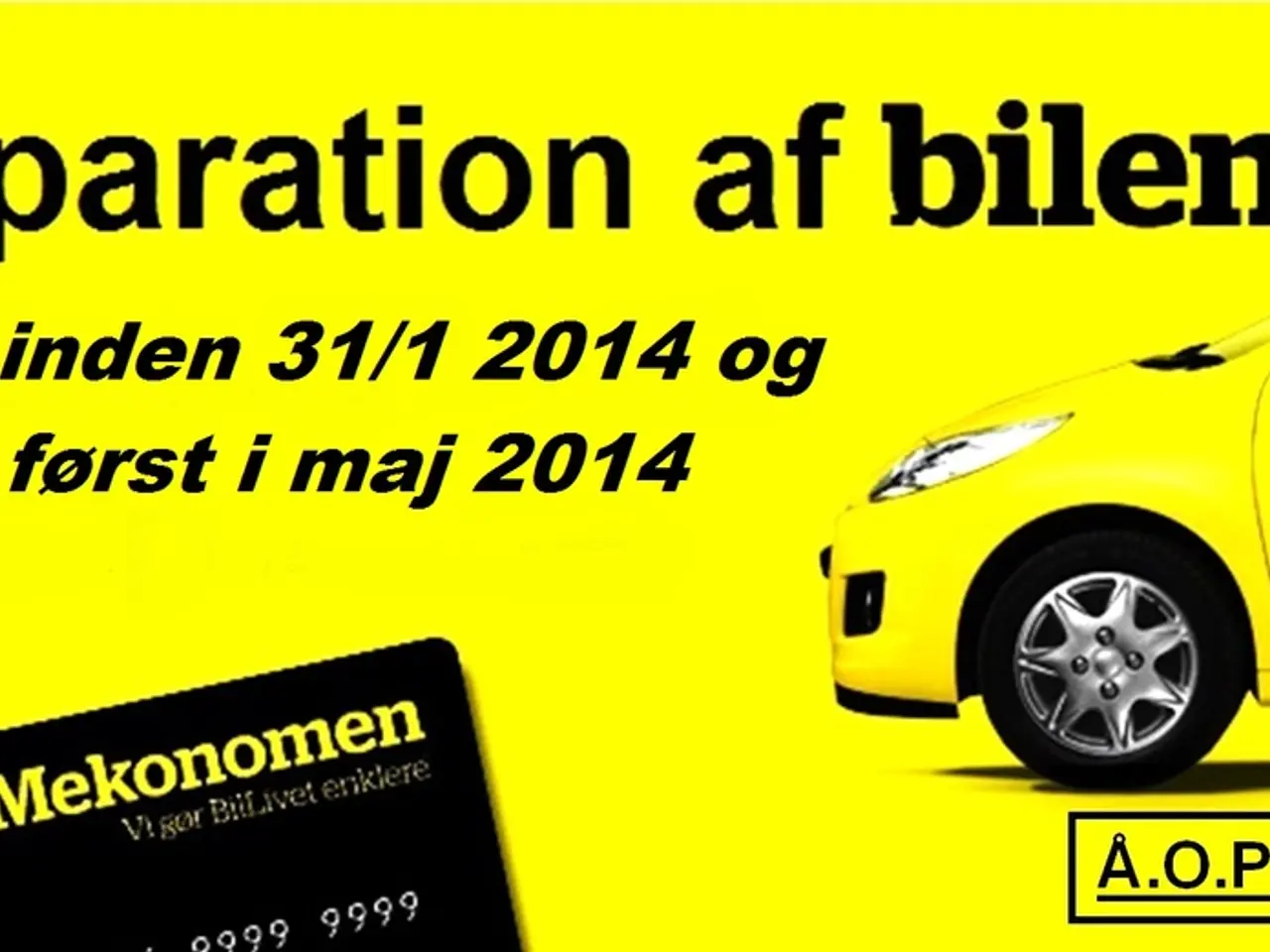Purchase Contracts or Sale Deals
In the world of business, understanding buyout agreements and the methods used to value a company share are crucial. This article aims to provide a clear and straightforward explanation of these topics.
A buyout agreement is a vital document that outlines the circumstances under which one owner can compel other co-owners to buy a share, and vice versa. This agreement may be triggered by various unsettling events, such as retirement, disability, bankruptcy, or embezzlement. The agreement may also include the right of first refusal, a provision that allows the co-owners to match the price an departing owner is offered by an outsider, or a predetermined price.
When it comes to valuing a business in a buyout agreement, common methods include the asset-based method, income-based method, and market-based (multiple) method.
The asset-based method values the business based on the net asset value, i.e., total assets minus liabilities. This approach provides a clear baseline value based on tangible assets and is useful for companies with significant physical assets or in liquidation scenarios. However, it does not account for future earnings potential, intangible assets (like brand, patents), or goodwill, which can undervalue going concerns.
The income-based valuation method, specifically the Discounted Cash Flow (DCF) approach, projects future cash flows and discounts them to present value using a discount rate reflecting risk. This method provides an intrinsic value based on the company’s ability to generate future profits and is especially valuable for mature companies with predictable cash flows. However, it requires detailed and often uncertain financial projections and is complicated to apply for early-stage companies without stable cash flows.
The market-based valuation method, also known as the multiple or comparable company method, values the business by applying valuation multiples derived from sale prices of comparable companies. This method is quick and market-sensitive, reflecting current market conditions and investor appetite. It is practical for companies with a trading history and comparable peers. However, it relies heavily on the availability and quality of comparable data and may overvalue or undervalue if comparables are not truly comparable.
Other methods, such as the Berkus Method, are sometimes used, particularly for startups or early-stage businesses. This method assigns value based on qualitative factors like idea strength and team, though it is more subjective and less data-driven.
In summary, buyout agreements often combine these methods to balance their respective strengths and weaknesses, using asset-based approaches for tangible backing, income-based for intrinsic worth, and market-based for external validation. The choice depends on the business’s maturity, industry, asset composition, and available data.
For those seeking to transfer intellectual property, a free template for IP Assignment Agreement is available to transfer intellectual property from a current owner to a new one. The IP Assignment Agreement requires the assignor to represent and warrant that they have the legal right to validly assign the IP. Additionally, the assignor is required to agree to further assist, if necessary, to execute any further agreements.
Regular reviews and potential legal consultations are recommended for co-founder agreements. The Co-founder Agreement Generator provides a guide and a tool to draft co-founder agreements, emphasizing essential components and legal best practices.
This article provides links to various social media platforms for further engagement and a section for readers to leave a review. We welcome your feedback and encourage you to share your experiences and insights.
[1] Investopedia. (2021). Business Valuation. [online] Available at: https://www.investopedia.com/terms/b/business_valuation.asp
[2] Small Business Chron. (2021). How to Value a Business for a Buyout. [online] Available at: https://smallbusiness.chron.com/value-business-buyout-54939.html
[3] Forbes. (2020). 5 Common Valuation Methods For Startups. [online] Available at: https://www.forbes.com/sites/forbescoachescouncil/2020/03/24/5-common-valuation-methods-for-startups/?sh=7a6487c510d3
[4] Harvard Business Review. (2020). How to Value a Startup. [online] Available at: https://hbr.org/2020/06/how-to-value-a-startup
[5] Nolo. (2021). Business Valuation Methods for Small Business Owners. [online] Available at: https://www.nolo.com/legal-encyclopedia/business-valuation-methods-small-business-owners.html
A legal consultation can help when drafting a buyout agreement, ensuring that the terms are fair and legally binding. The dispute resolution process may be required if co-owners disagree on the value of a business share, and seeking professional legal advice can help navigate these issues.
Financial methods play a significant role in the valuation of a business during a buyout. Beyond the asset-based, income-based, and market-based methods, using a free IP Assignment Agreement template ensures a smooth transfer of intellectual property rights, while regular reviews and potential legal consultations are recommended for co-founder agreements.




